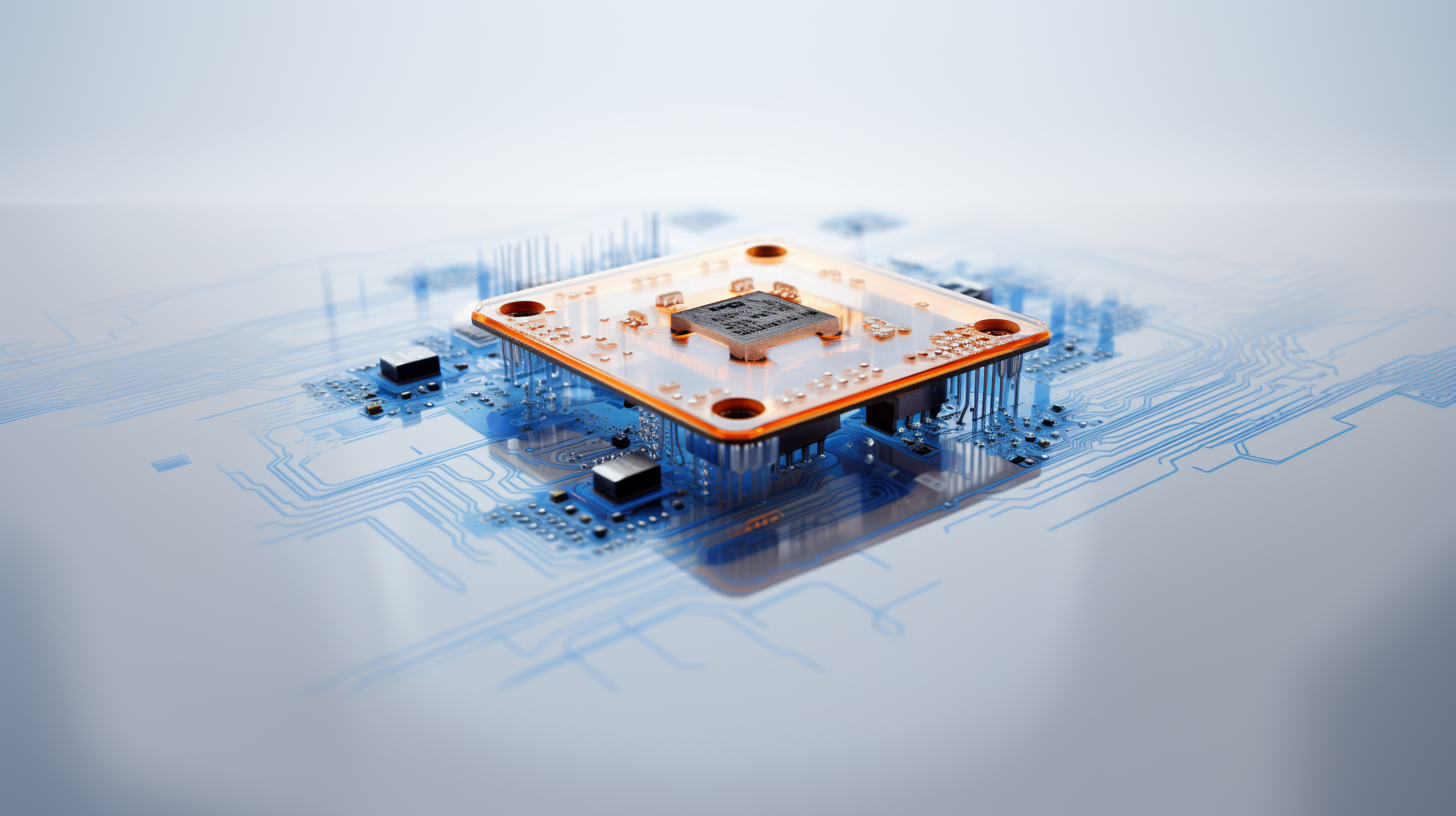Significant progress achieved in chemical liquid analysis
ISFET-based pH sensor-control successfully miniaturized and optimized for easy use
The Fraunhofer Institute for Photonic Microsystems IPMS has achieved another milestone in chemical liquid analysis. The electronics required to control the ion-sensitive field effect transistors (ISFET) have been successfully miniaturized. At the same time, manufacturing costs and power consumption have been reduced significantly. The new electronics can be made available for direct use or for integration into in-house measuring systems.

USB evaluation electronics for ISFETs from Fraunhofer IPMS.
© Fraunhofer IPMS, Sebastian Lassak
ISFETs enable the continuous and precise measurement of pH values by determining the concentration of certain ions in water or other aqueous media in real time. Following the outstanding development of niobium pentoxide-based ISFET pH-sensors, Fraunhofer IPMS is once again reporting a major success: the new measuring systems operate with even lower power consumption than before. “After almost one year of development, we have succeeded in controlling our Nb2O5-ISFETs to measure continuously with a power consumption of less than 1.3 mW including electronics,” says Dr. Olaf R. Hild, Head of the business unit Chemical Sensors at Fraunhofer IPMS. The power consumption of the sensor system now only amounts to 190 µW. Power consumption and size are essential parameters for mobile measuring systems.
Applications arise in continuous water monitoring and environmental analysis. However, long-term applications in medical technology, such as the analysis of various body fluids, also require small, high-performance measuring systems.
The new control electronics, which will be presented at the “Sensor and Test” trade fair in Nuremberg in May, are particularly low-power and therefore more energy-efficient, as well as being very easy to handle and ready for immediate use. They consist of analog electronics (<1.3 mW) and digital electronics that can be connected via USB-C (approx. 100 mW), which enables fast on-site calibration: “As the Fraunhofer IPMS ISFETs are of extremely low-drift and exhibit almost perfect Nernst dependence, a single-point calibration is adequate for the vast majority of applications,” explains electronics developer Hans-Georg Dallmann. This guarantees a high level of accuracy, even over longer periods of time.
But Hild's team is still not satisfied with what they have achieved: “The next goal is even smaller ISFET chips (< 1mm2) in order to be able to address size-limited applications. Our cleanroom is perfectly well equipped for this challenge,” says technologist Falah Al-Falahi confidently.
Physical principles of the ion-sensitive field-effect transistor from Fraunhofer IPMS
The novel ISFET from Fraunhofer IPMS is based on a metal-oxide-semiconductor (MOS) field-effect transistor technology, whereby the sensor area in contact with the medium consists of an amphoteric metal oxide layer. Hydronium or hydroxide ions from the measuring medium are reversibly deposited on this layer according to the pH value (pH-sensitive layer). The operating voltage (UDS) of the ISFET, which is applied between the source and the drain, leads to a current (IDS). This current is always kept constant during the measurement (constant charge mode). The voltage (UGS) between the source and the gate or the reference electrode (Ag/AgCl in 3M KCl) is then used as the measurement signal.
Other news from the department science
Most read news
More news from our other portals
See the theme worlds for related content
Topic world Sensor technology
Sensor technology has revolutionized the chemical industry by providing accurate, timely and reliable data across a wide range of processes. From monitoring critical parameters in production lines to early detection of potential malfunctions or hazards, sensors are the silent sentinels that ensure quality, efficiency and safety.

Topic world Sensor technology
Sensor technology has revolutionized the chemical industry by providing accurate, timely and reliable data across a wide range of processes. From monitoring critical parameters in production lines to early detection of potential malfunctions or hazards, sensors are the silent sentinels that ensure quality, efficiency and safety.




























































